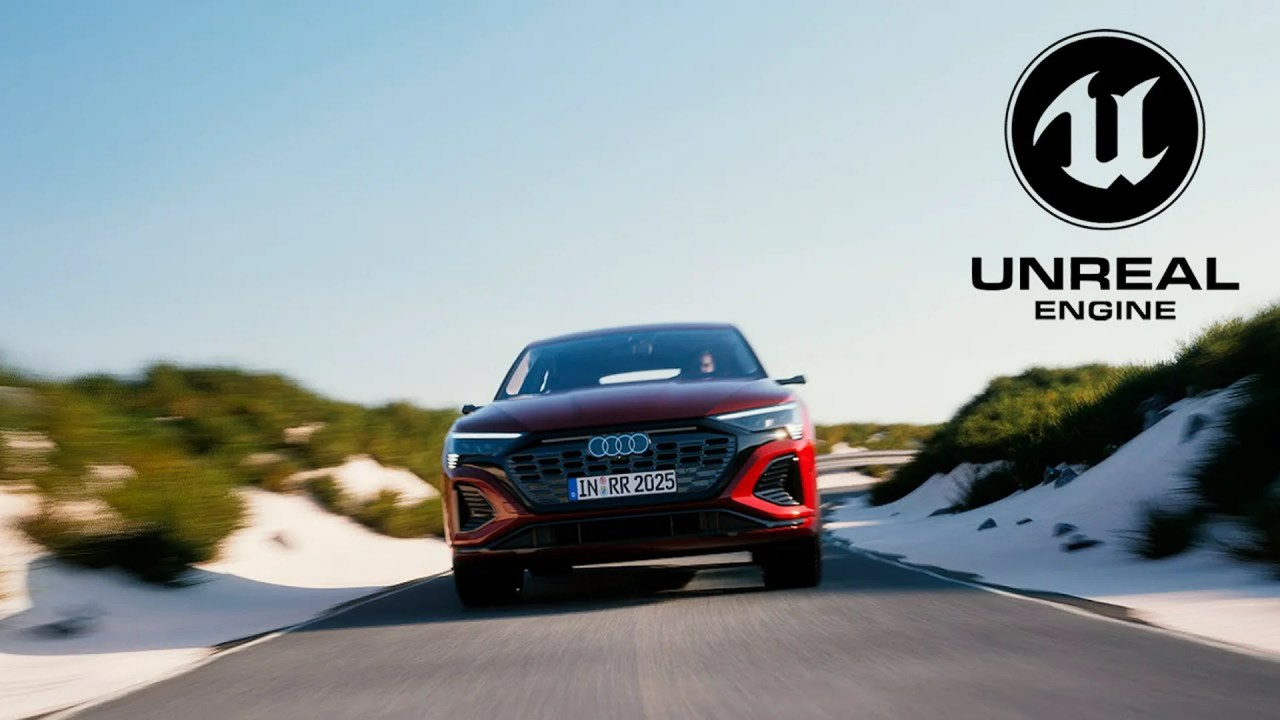Ever wondered how to create a stunning F1-inspired cinematic in Unreal Engine 5.6? This article breaks down the process, from gathering references to the final compositing touches, offering insights and resources for 3D artists and Unreal Engine enthusiasts.
Creating high-quality cinematics can seem like a daunting task, but with the right approach and tools, it’s entirely achievable. In his latest video, a 3D artist at Post Processed shares a behind-the-scenes look at the creation of a recent F1-inspired cinematic using Unreal Engine 5.6. From the initial spark of inspiration to the final polished product, the video offers a wealth of knowledge for anyone looking to enhance their skills in automotive visualization and cinematic production.
Video via Post Processed
Gathering References and Inspiration
Every great project begins with a solid foundation of references. The Post Processed emphasizes the importance of collecting a variety of visual materials to inform the creative process. This includes studying real-world F1 cars, environments, and cinematic techniques used in films and games. By immersing oneself in the subject matter, artists can develop a clear vision for their project and ensure a high level of realism and accuracy.
Car Models, Textures, and Shading
The video highlights the selection and preparation of car models for use in Unreal Engine. Attention to detail is crucial when it comes to textures and shading, as these elements play a significant role in the overall visual quality. The artist discusses the process of creating realistic materials and applying them to the car models, paying close attention to factors such as reflectivity, roughness, and surface imperfections. Car Texturing was done by Amirhossein. You can find more of his work on Instagram.
Car Rigging and Animation
Bringing the car to life requires a robust rigging system that allows for realistic movement and control. The artist demonstrates the techniques used to rig the car model, enabling it to perform a wide range of actions and stunts. Animation is then used to create dynamic and engaging sequences that showcase the car’s capabilities. The artist also recommends using the free One Click Rig Plugin.
Metahuman Driver and Racing Suit
To add a human element to the cinematic, a Metahuman driver is incorporated into the scene. The artist discusses the process of customizing the Metahuman’s appearance and creating a realistic racing suit. This involves selecting appropriate clothing and accessories, as well as adjusting the Metahuman’s facial features and expressions to convey the desired emotions. The Racing Suit design and custom textures were created by Andrew & Iryna. You can find more of their work on Instagram. The Racing Suit itself can be found on Fab.com
Environments and Lighting
The environment plays a crucial role in setting the scene and creating a sense of immersion. The artist explores various techniques for creating realistic environments in Unreal Engine, including the use of landscape tools, foliage, and atmospheric effects. Lighting is then used to enhance the mood and atmosphere of the scene, casting shadows and highlighting key elements. The artist also recommends checking out Camera Tips in UE.
Houdini Destruction Simulation
For added visual impact, the cinematic incorporates a destruction simulation created using Houdini. This involves simulating the shattering of glass, the crumbling of concrete, and other destructive effects. The artist discusses the process of setting up the simulation and integrating it into the Unreal Engine scene. Yulian was responsible for the Destruction and Smoke Sim, and you can find more of their work on Instagram.
Rendering, Color Grading, Compositing, and Editing
The final stages of the cinematic production involve rendering the scene, color grading the footage, and compositing the various elements together. The artist discusses the techniques used to optimize the rendering process and achieve a high level of visual fidelity. Color grading is then used to enhance the mood and atmosphere of the scene, while compositing is used to seamlessly integrate the various elements together. The final touch is editing, done by Ultron Films, to create a compelling and engaging narrative. You can find more of their work on Instagram. Victor was responsible for the Compositing, and you can find more of their work on Instagram.
By following these steps and utilizing the resources mentioned in the video, 3D artists and Unreal Engine enthusiasts can create stunning F1-inspired cinematics that showcase their skills and creativity. Don’t forget to check out Double Jump Academy’s UE Automotive Masterclass for more in-depth training.
Source:
Post Processed – WE REMADE F1 MOVIE TRAILER IN UNREAL ENGINE | BREAKDOWN



